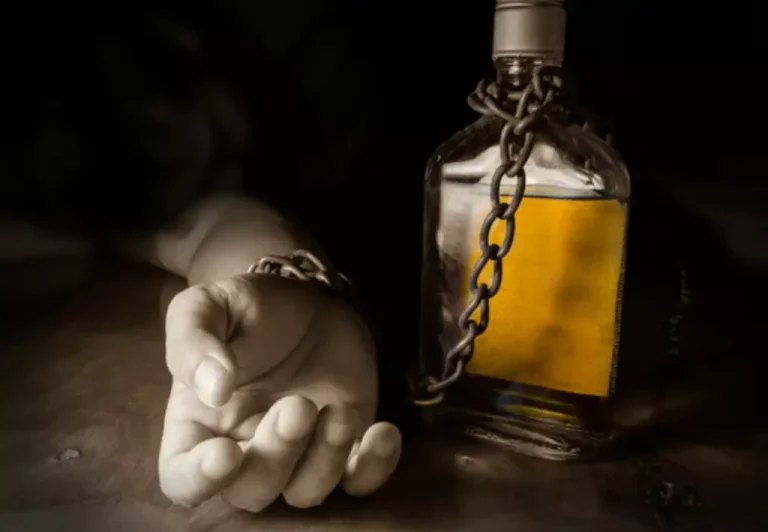Data from the standard glucose tolerance test provides information on glucose tolerance, but is a poor predictor of insulin action/resistance especially in the absence of accompanying insulin levels 114. In this regard, the euglycemic hyperinsulinemic clamp is considered the gold standard and is extensively used to directly assess whole-body insulin action. In response to acute alcohol administration, numerous studies have demonstrated the presence of whole-body insulin resistance, as inferred by the lower exogenous glucose infusion rate (GIR) necessary to maintain euglycemia or the GIR/insulin ratio. Further, in one study, alcohol produced a right-shift in the insulin dose-response curve suggesting both a decrease in insulin sensitivity and maximal responsiveness 115.
Foods to Avoid with Diabetes: A Guide to Better Blood Sugar Control
As dehydration sets in, the body triggers a thirst reflex, causing the patient to drink more fluids to compensate (polydypsea). Psychotic disorders may be related to heavy alcohol use and especially alcohol dependency (AD) (ICD-10 diagnosis F10.2). The psychotic phenomena that more or less directly follow extensive alcohol use or AD vary in type and possibly in origin. Korsakoff’s psychosis (F10.6) is probably caused by lack of thiamine (vitamin B1) 1. Additionally, there are conditions such as delirium tremens (DT) (ICD-10 code F10.4) and alcohol-induced psychosis (AIP) (ICD-10 code F10.5).
4.1. Glucose Uptake by Striated Muscle
This is another reason why a person with diabetes needs to be very mindful of how much alcohol you consume. This conversation starts with simply being honest about the amount of alcohol you drink daily. Check for scarring on the anterior abdomen from repeated insulin injections, and the presence of an insulin pump strapped to a pants belt.
Can diabetes drugs prevent opioid-related deaths?
The hepatic insulin resistance may be related to the increased expression of PTEN (phosphatase diabetes and alcohol blackouts tensin homologue deleted on chromosome 10) which dephosphorylates and inactivates PI3K in other models of alcohol intake 126. The strong consensus from in vitro and ex vivo models, although not entirely consistent, suggests that alcohol inhibits insulin secretion. Using the isolated perfused pancreas, alcohol did not alter basal insulin secretion but did impair glucose-stimulated insulin secretion (GSIS) in a dose-dependent manner 101. Other studies reported that alcohol inhibits both early- and late-phase insulin secretion by the perfused rat pancreas 101,102. Acute in vitro treatment with alcohol or its metabolite, acetaldehyde, also dose-dependently reduces GSIS in isolated islets 103. Moreover, a similar alcohol-induced reduction was observed when alcohol was administered in vivo and islet insulin secretion was assessed in vitro 104.
Numerous studies have investigated alcohol’s effects on the control of blood sugar levels in diabetics. Despite the potential health perks of drinking alcohol, there are some cautions as well. When drinking alcohol is combined with the medications most often used to treat diabetes—particularly insulin and sulfonylureas, low blood glucose can result. While a glass of wine with dinner probably isn’t a big deal, a mojito on an empty stomach at happy hour is. It addresses some of the risks as well as some of the benefits of drinking alcohol when you have type 2 diabetes.
- If you use insulin or other diabetes medicines you may be at more risk of hypoglycaemia (low blood glucose) when you drink alcohol.
- This is different from patients with DT who have a higher morbidity and mortality.
- « Interindividual variability in response to medications to treat addiction has always been true and will continue to be true with GLP-1s, » Lembke said.
- Based on assumptions regarding the alcohol content of the beverages mentioned in the study, “heavy” drinkers were defined as those who ingested 29 grams of alcohol, or approximately two to three standard drinks, per day.
People with type 2 continue to produce insulin in early disease stages; however, their bodies do not respond adequately to the hormone (i.e., the patients are resistant to insulin’s effects). Thus, insulin does not lower blood sugar levels to the extent that it does in people without diabetes. For example, obesity, inactivity, and cigarette smoking may worsen genetically determined insulin resistance. A daily cocktail or two may improve blood glucose (blood sugar) management and insulin sensitivity. If you have one or more drinks a day, you may find that your A1C is lower than during times you weren’t drinking. After all, other aspects of moderate drinkers’ lives may be behind the link.
- In human volunteers, acute alcohol decreased the glucose arterial-jugular vein difference suggesting a reduction in total brain glucose uptake 76.
- A small amount of alcohol does not undergo the metabolic cycle and is released through the respiratory system which is a sweet, fruity smell.
- Excess weight can contribute to the onset of type 2 diabetes, and it can make the condition worse.
- As a person with diabetes—especially if you take insulin—it’s important to check your blood sugar very often in the hours after vomiting.
Alcohol and Basal Glucose Homeostasis
Alcohol is absorbed directly into the bloodstream from the stomach or the small intestine, carried through the body, and delivered to the liver. If you suspect your drinking has become problematic, it may be time to reach out for professional support. People with type 2 diabetes are recommended to limit their intake of alcohol. If you’re not sure whether your medicine can cause a hypo or if they’re affected by alcohol, speak to your healthcare team.
- Glycogen is a large molecule that consists of numerous glucose molecules and serves as a storage form of glucose in the tissues, particularly the liver.
- Yet, many people assume that alcoholic drinks are loaded with carbs, not realizing that wine and spirits are practically carbohydrate free—with only a trace of carbohydrate in spirits and roughly four grams of carbs in a five-ounce glass of wine.
When the conditions are ripe, the distinction between intoxication and a diabetic emergency can easily be blurred
In contrast, a severe and sustained hypoglycemia is elicited when alcohol is acutely administered to humans 9,17,18 or animals 19,20 fasted ~3–4 days. Thus, hypoglycemia would only be anticipated in humans with alcohol use disorder (AUD) who also have a relatively poor nutritional status or severely impaired liver function 21. Hypertriglyceridemia is an important risk factor for cardiovascular diseases. Moreover, elevated triglyceride levels can cause severe inflammation of the pancreas (i.e., pancreatitis). Heavy drinking (i.e., more than 140 grams of pure alcohol, or approximately 12 standard drinks, per day) can cause alcohol-induced hypertriglyceridemia in both diabetics and nondiabetics (Chait et al. 1972). In fact, from a practical standpoint, heavy drinking should be considered as a possible contributing factor in all patients with hypertriglyceridemia.
Emergency glucagon isn’t as effective when you’re drinking alcohol
One pertinent caveat for all of the studies reported alcohol rehab herein was the use preclinical animal models with little or no underlying pathology. While such models would be expected to decrease variability of the endpoints assessed, humans with longstanding alcohol abuse may have concomitant comorbid conditions which may cloud the translational relevance of data from such preclinical models. Additionally, humans chronically consuming alcohol often have some type of hypercholesterolemia, cardiovascular disease and/or heart dysfunction, and only recently have attempts been made to mimic this situation in animal models 152,154,155,156.





